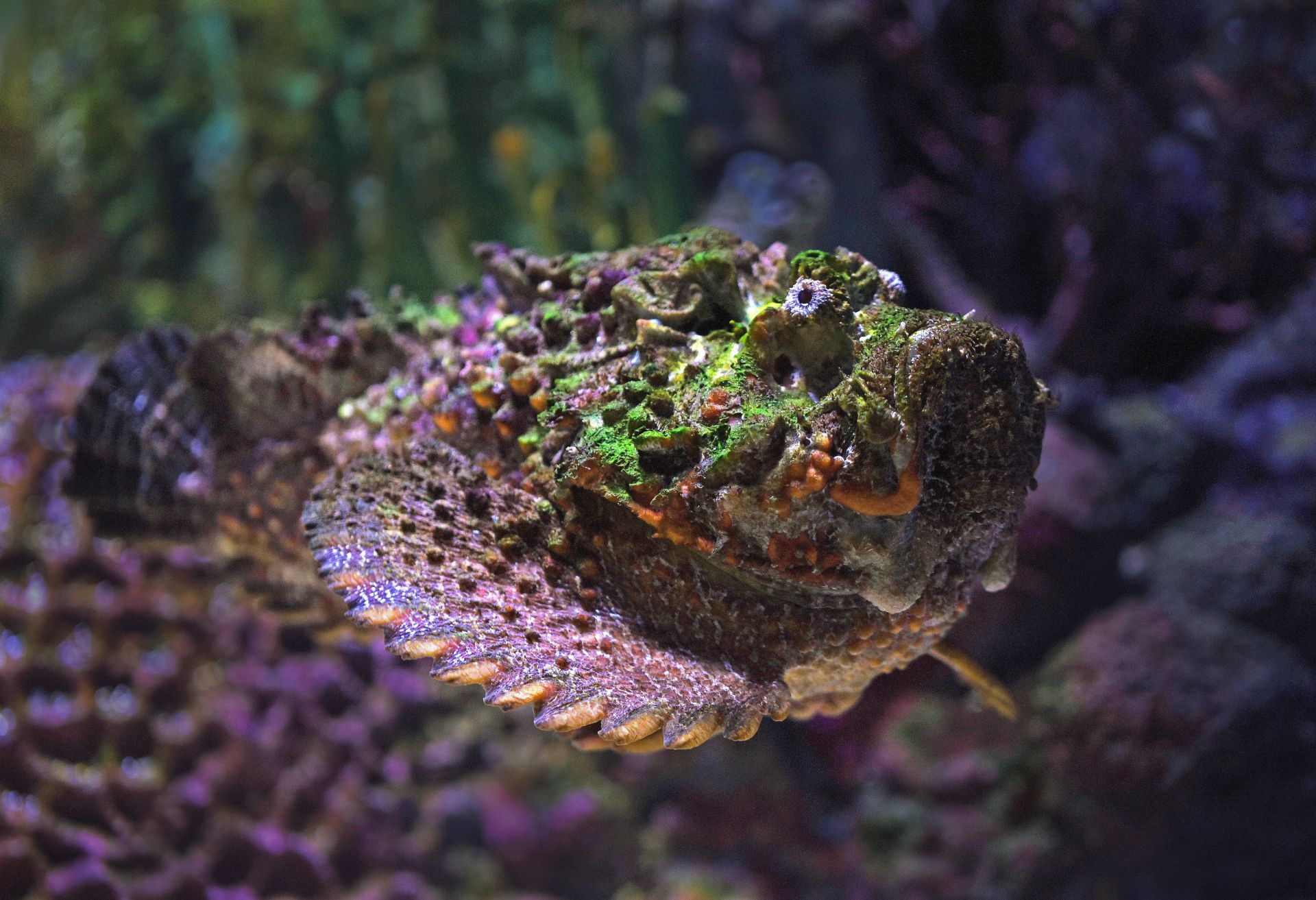Taking the sting out of stonefish
A deeper understanding of the way the excruciatingly painful stonefish venom works may allow for better antivenoms and the manufacture of new drugs.

James Cook University PhD student Silvia Saggiomo led a study into the dangerous fish. She said the last literature review on stonefish was published more than a decade ago, and much has changed in the field since.
“We have generated a global map of the current distribution of all stonefish species, presented a table of clinical case reports and provided up-to-date information about the development of polyspecific stonefish antivenom,” said Ms Saggiomo.
She said although clinical reports of stings and injuries from stonefish species have been reported since the end of the 19th century, studies into their venom biology, chemistry and pharmacology have been scarce, and the mechanisms of action of the venom remain mostly unknown.
“Statistics on stonefish stings from hospitals across the Indo-Pacific region showed that most envenomations occurred in young adult males with occupational or recreational exposure to stonefish habitat,” said Ms Saggiomo.
She said a report on injuries from venomous marine plants and animals by the Australian Institute of Health and Welfare showed that in the 2017–2018 period, 81% were caused by stinging fish and 30 out of 320 cases were due to stonefish.
“The pain associated with stonefish stings is intense, excruciating, disproportionate to the size of the injury and may spread to include the whole limb and associated lymph glands,” said Ms Saggiomo.
She said it has become clear that the biological symptoms and pathologies observed in sting victims cannot solely be attributed to the presence of a single venom protein, but are likely a result of the combined activity of the many enzymes and proteins in stonefish venom, many of which appear to be novel.
“That means there are rich prospects for finding useful compounds in the venom and they may also have a direct impact on human health by contributing to the development of improved antivenoms, so it highlights the need for more research into these medically important fish species.”
More Information
Media Enquiries:
Silvia Saggiomo
E: silvia.saggiomo@my.jcu.edu.au
Published:
15, July 2021